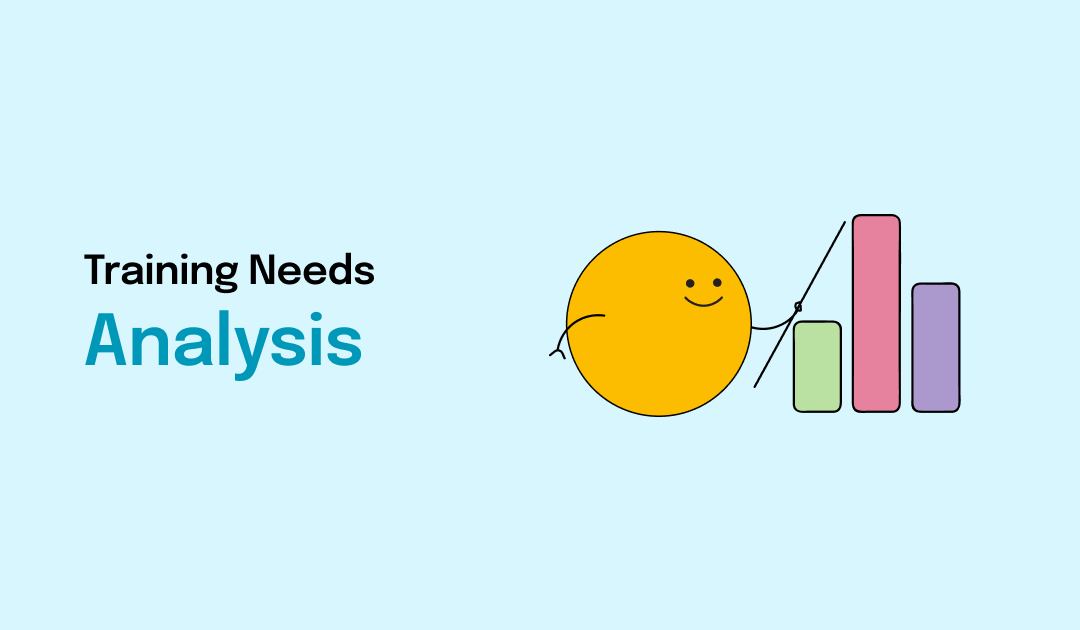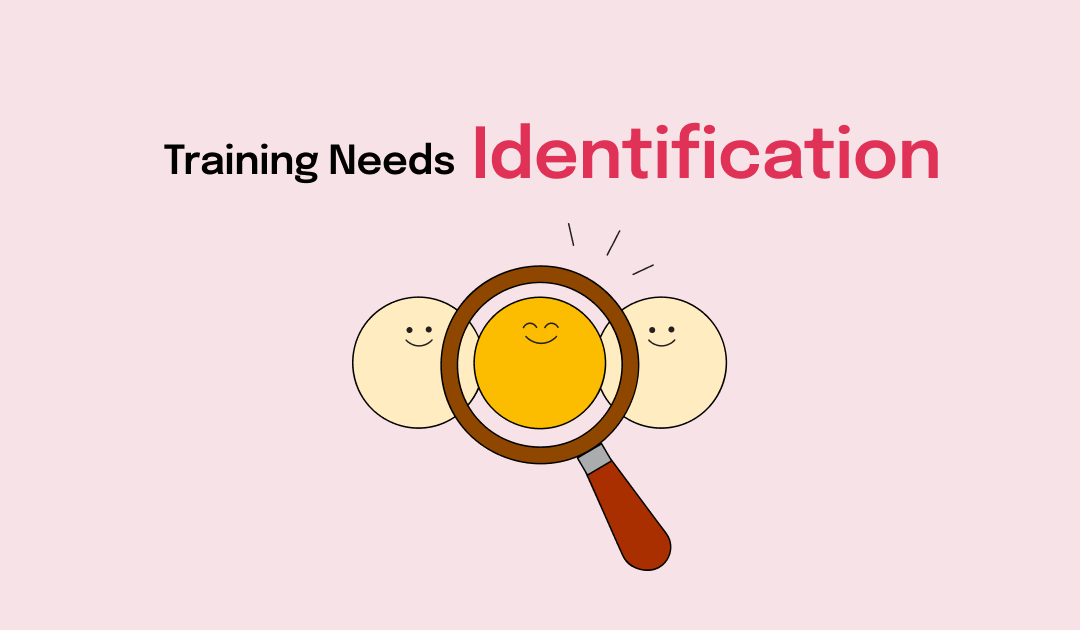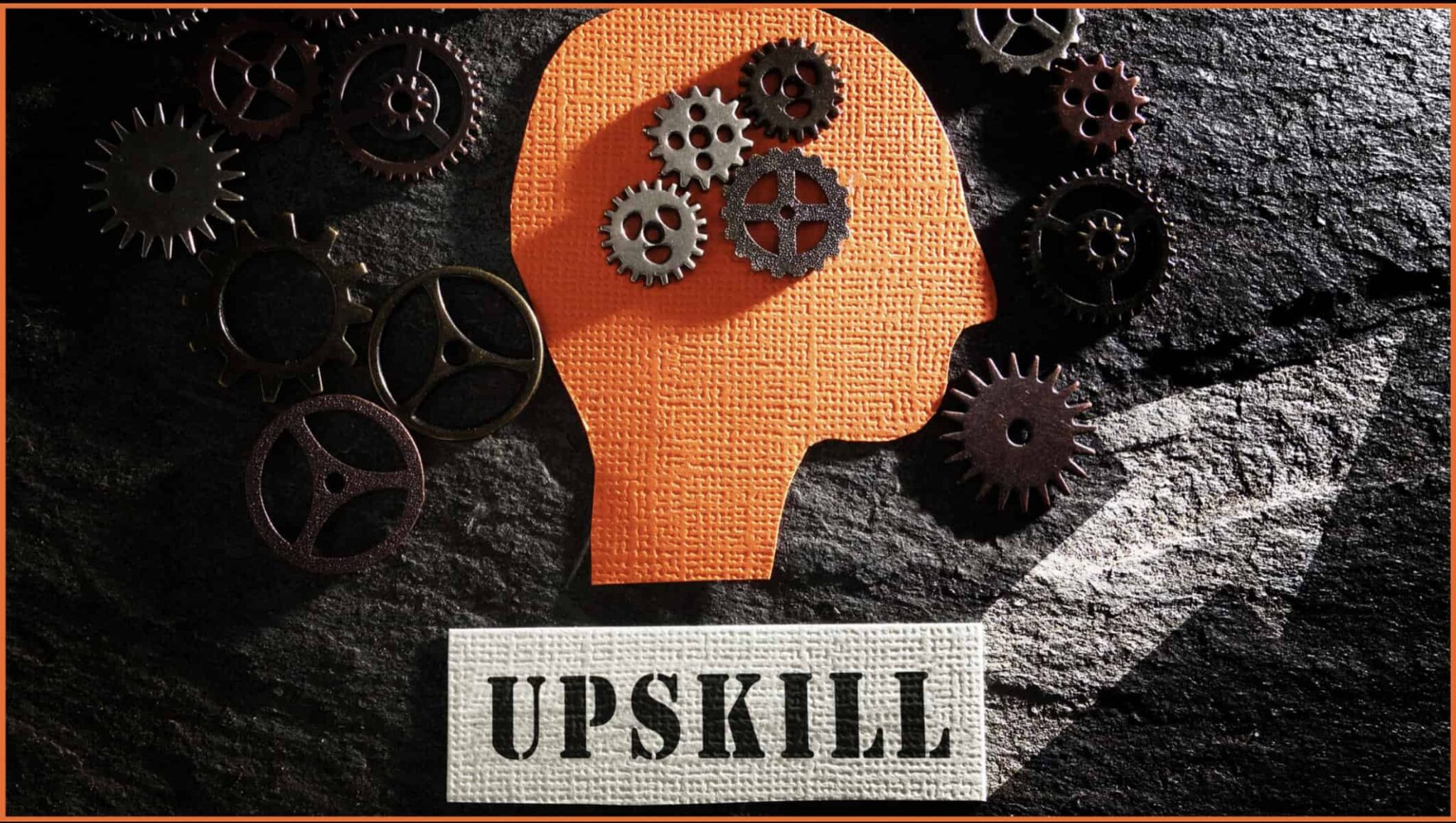Training Needs Assessment: A Comprehensive Guide to Boosting Organizational Performance
In today’s dynamic corporate landscape, a Training Needs Assessment (TNA) is an invaluable tool for organizations looking to bridge skill gaps and optimize employee performance. It identifies the areas where training is most needed, ensuring that learning interventions are aligned with strategic business objectives. By conducting a TNA, organizations can make informed decisions about where to invest their training resources, ultimately driving better results and fostering a more competent workforce.
This guide will delve into the importance of Training Needs Assessment, outline the types of assessments, walk you through the steps involved, and share best practices to help your organization stay competitive and efficient.
What is a Training Needs Assessment?
Table of Contents
A Training Needs Assessment is a systematic approach used by organizations to determine what specific skills and knowledge employees need to improve their performance. This assessment identifies the gap between the current capabilities of employees and the skills required to achieve business goals. It involves collecting and analyzing data to make strategic decisions on training initiatives that will directly impact productivity and organizational success.
A well-conducted TNA helps ensure that training programs are not generic but tailored to meet the actual needs of the workforce, enhancing their effectiveness and ensuring that learning outcomes translate into improved job performance.
Why Conduct a Training Needs Assessment?
Conducting a Training Needs Assessment offers numerous benefits that extend beyond merely identifying skills gaps. Here are some compelling reasons why every organization should prioritize this process:
- Identify Knowledge and Skill Gaps: A TNA provides a clear picture of where employees lack the necessary skills or knowledge, allowing organizations to proactively address these gaps before they impact performance.
- Align Training with Business Goals: By aligning training initiatives with the organization’s strategic objectives, a TNA ensures that learning efforts contribute directly to achieving business outcomes, making training a key driver of success.
- Improve Employee Performance and Satisfaction: Targeted training helps employees perform their roles more effectively, which boosts their confidence, job satisfaction, and overall engagement with the organization.
- Boost Training Effectiveness and ROI: By focusing on specific areas that need improvement, organizations can avoid the scattergun approach to training, resulting in more effective programs that deliver a higher return on investment.
Types of Training Needs Assessment
Understanding the different types of TNAs is crucial for designing training programs that address specific needs within an organization. Here are the primary types:
- Organizational Level Assessment:
- This type of assessment evaluates the entire organization’s needs, considering factors such as company-wide performance metrics, strategic goals, and external influences like market trends or technological changes.
- It is particularly useful when an organization is undergoing significant changes, such as a shift in leadership, a merger, or the introduction of new technology.
- Occupational Level Assessment:
- Focuses on specific job roles or departments within the organization. This assessment identifies the skills and knowledge required for particular occupations, ensuring that employees in those roles are equipped to meet job demands.
- It is often used when restructuring departments or introducing new processes that affect certain job functions.
- Individual Level Assessment:
- This level of assessment is tailored to the needs of individual employees. It evaluates their current performance against the expected standards and identifies specific training that would help them improve.
- It is highly beneficial during performance reviews, career development planning, or when employees are being prepared for promotion.
Benefits of Conducting a Training Needs Assessment
Conducting a Training Needs Assessment offers a range of benefits that extend across the organization:
- Employee Satisfaction and Retention: When employees receive training that directly addresses their needs, they feel valued and supported. This leads to higher job satisfaction, which in turn improves retention rates.
- Efficient Resource Allocation: A TNA helps organizations allocate training resources—time, money, and effort—where they are most needed, avoiding waste on irrelevant or ineffective programs.
- Enhanced Productivity: Employees who receive targeted training are better equipped to perform their tasks, leading to improved productivity and quality of work.
- Achieving Business Goals: By ensuring that training aligns with organizational objectives, TNAs help companies achieve their goals more effectively, leading to greater overall success and competitiveness.
How to Conduct a Training Needs Assessment
To effectively conduct a Training Needs Assessment, follow these detailed steps:
- Identify the Objectives and Goals:
- Start by defining the purpose of the assessment. What are the specific business goals you aim to support through training? Clearly outline what you hope to achieve, such as closing performance gaps, improving employee engagement, or supporting new business initiatives.
- Determine who needs the training and why. This involves identifying the specific departments, job roles, or individuals whose performance is critical to meeting the organization’s objectives.
- Gather Necessary Information:
- Collect data through various methods such as employee surveys, interviews, focus groups, performance evaluations, and direct observations. Use these tools to gather insights into current performance levels, skill gaps, and areas where employees struggle.
- Assess organizational data such as key performance indicators (KPIs), customer feedback, and market trends to understand external and internal factors influencing training needs.
- Analyze the Data Collected:
- Systematically evaluate the collected data to identify patterns and key areas where training is needed. Engage relevant stakeholders, including managers, team leaders, and HR professionals, to interpret the findings and prioritize training needs.
- Use this analysis to pinpoint specific skills that need improvement and determine whether these gaps can be addressed through training or if other interventions are required.
- Develop and Implement the Training Plan:
- Based on your analysis, design a training plan that targets the identified needs. Choose the most suitable training methods, whether it’s on-the-job training, workshops, e-learning, or coaching sessions.
- Implement the training with a clear timeline, ensuring that all logistical aspects are in place, such as training materials, facilitators, and the necessary technology.
- Evaluate the Effectiveness of the Training:
- After the training has been delivered, evaluate its effectiveness by measuring outcomes against the predefined goals. Use tools such as feedback surveys, performance assessments, and ROI analysis to gauge the impact.
- Collect feedback from participants to identify what worked well and where improvements can be made, using these insights to refine future training programs.
Best Practices for Training Needs Assessment
To maximize the effectiveness of your TNA, consider the following best practices:
- Start with Clear Outcomes: Clearly define what you hope to achieve with the assessment. This helps to focus efforts and ensures that the results are actionable.
- Integrate into Business Strategy: Make sure the TNA is not a standalone activity but is integrated into the broader business strategy. This alignment ensures that training initiatives support overall organizational goals.
- Continuous Review and Adaptation: Training needs are not static. Regularly review and update your TNA process to reflect changes in the business environment, technology, and workforce dynamics.
Common Challenges in Training Needs Assessment and Solutions
While conducting a TNA is highly beneficial, it’s not without challenges. Here are some common obstacles and how to overcome them:
- Misalignment with Business Goals: To avoid this, involve senior management early in the process to ensure training objectives align with strategic priorities.
- Employee Resistance: Employees may be hesitant to participate in assessments or training. To mitigate this, communicate the benefits clearly and involve employees in the planning process to increase buy-in.
- Inaccurate Data Collection: Collecting reliable data is crucial. Use multiple data sources and triangulate findings to ensure accuracy.
- Lack of Resources: Sometimes, organizations lack the time or budget to conduct a thorough TNA. To overcome this, prioritize the most critical areas and consider phased assessments.
Conclusion
A thorough Training Needs Assessment is a cornerstone of effective employee development and organizational success. By systematically identifying and addressing skill gaps, organizations can create training programs that not only enhance employee capabilities but also drive business performance. Regularly conducting a TNA helps ensure that your workforce remains skilled, engaged, and ready to meet evolving challenges.
Call to Action
FocusU: Are you ready to implement a tailored Training Needs Assessment for your team? At FocusU, we specialize in engaging, customized corporate training solutions designed to meet your unique needs. Reach out today to discover how our expert facilitators can help your organization thrive. Visit FocusU to learn more and get started!
Frequently Asked Questions (FAQs)
Q1. What is the primary purpose of a Training Needs Assessment?
The primary purpose of a TNA is to identify gaps in skills, knowledge, and abilities that hinder organizational performance, allowing for targeted training interventions.
Q2. How often should a Training Needs Assessment be conducted?
It’s best to conduct a TNA regularly, such as annually, or whenever significant changes occur within the organization, such as new technology implementation or restructuring.
Q3. What tools are best for conducting a Training Needs Assessment?
Common tools include employee surveys, performance evaluations, skills audits, interviews, focus groups, and data analysis from HR information systems.
Q4. What are the key steps in a Training Needs Assessment?
The key steps are: defining objectives, gathering data, analyzing the data, developing training plans, and evaluating the effectiveness of the training.
Q5. How can I ensure that the Training Needs Assessment aligns with business goals?
Involve key stakeholders, such as senior management, during the planning stages to align training initiatives with strategic business objectives.
Q6. What are some challenges in conducting a TNA?
Challenges include misalignment with business goals, employee resistance, inaccurate data collection, and limited resources. Address these by clear communication, involving stakeholders, and using robust data collection methods.
Q7. Can Training Needs Assessment improve employee engagement?
Yes, targeted training that addresses specific employee needs can significantly enhance engagement by making employees feel valued and invested in.
Q8. How do you measure the success of training post-assessment?
Success can be measured through performance improvements, employee feedback, completion rates, and ROI analysis to ensure that the training delivered the desired impact.


